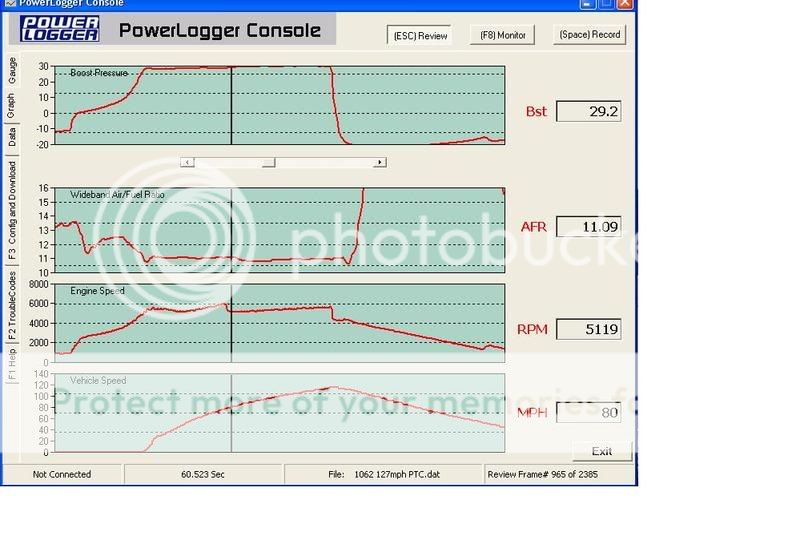- Joined
- May 29, 2001
- Messages
- 1,140
So which is better for tuning: wideband or speed density?
Once dialed-in for a particular turbo buick, are they both just as good for street drivability and racing?
From my research it looks like both the TurboTweak SD chip and MAFTPro can tune with either the wideband system or the speed density system, right?
Once dialed-in for a particular turbo buick, are they both just as good for street drivability and racing?
From my research it looks like both the TurboTweak SD chip and MAFTPro can tune with either the wideband system or the speed density system, right?
